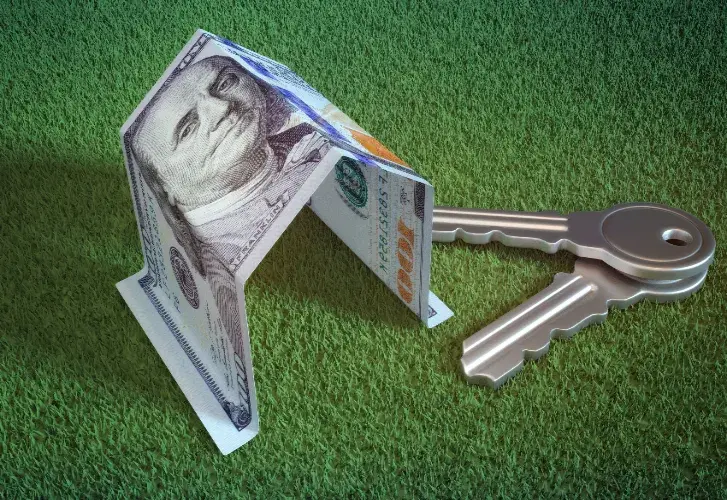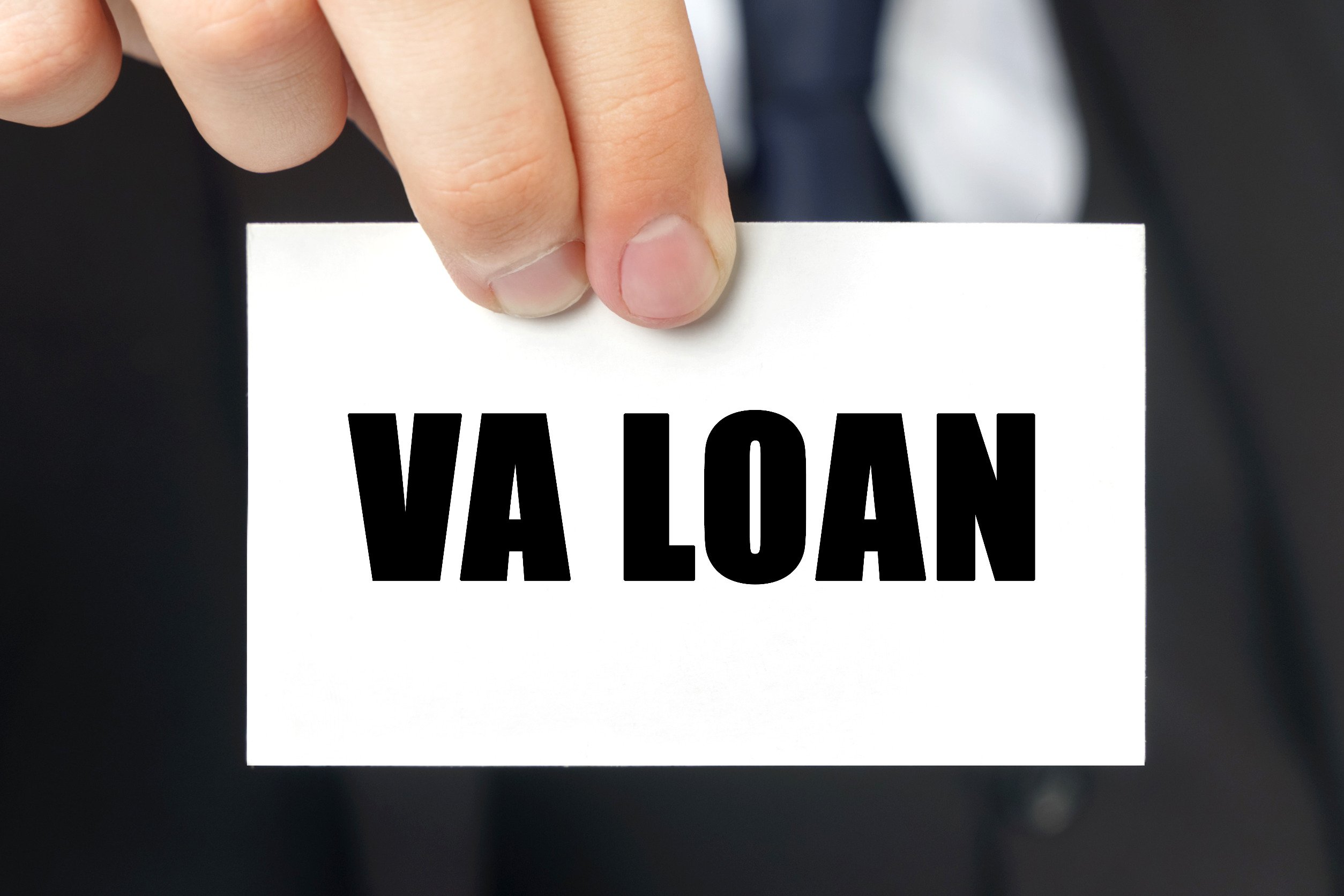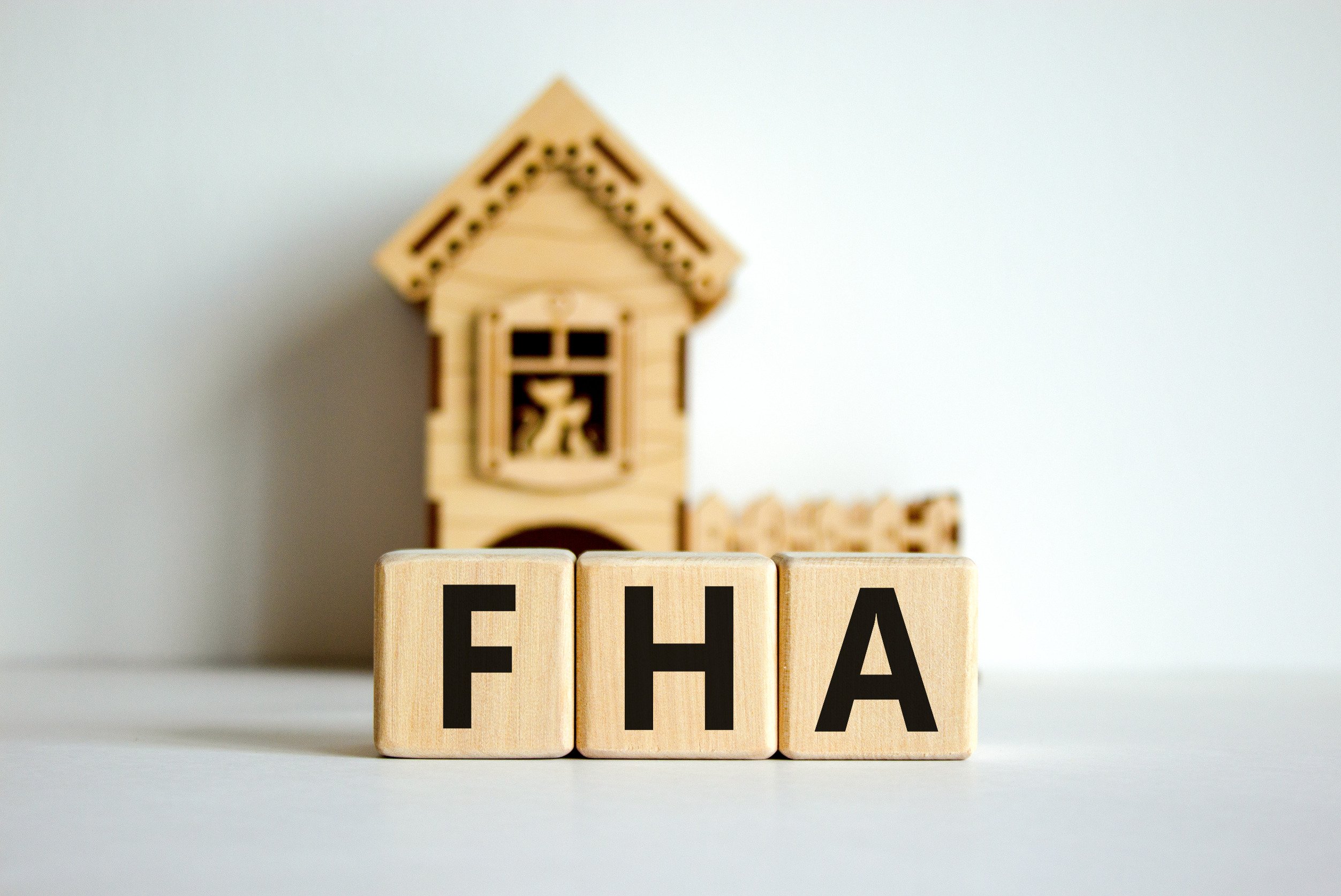Owning a home is one of the most essential elements of the American Dream. If you work hard, and are determined and disciplined, you can reap the reward of owning your own home.
Along with owning your own home comes one of the largest financial obligations you’ll likely be responsible for. In order to help make this dream more attainable, mortgages were created. Simply put, a mortgage is a long-term loan offered by a lending institution or a bank. It is secured by real estate with the agreement that you make timely payments in exchange for “owning” your home.
There are several important components that make up a mortgage loan. Here are a few terms to help explain how a mortgage works, so you better understand when you work with mortgage loan companies.
Closing costs. These are expenses above and beyond the price of a home. They can include items such as origination, appraisal and title fees, title insurance, as well as the cost for points, surveys, recording fees, and more. These fees vary greatly depending on the type and location of your mortgage and typically range between 2 to 7 percent of the home’s purchase price.
Points. This is the money you pay your lender in exchange for a lower interest rate.
Amortization. Mortgage payments are split so that a portion goes toward paying the principal and the other goes to interest. When you first start out paying a mortgage, the interest will make up a larger part of your overall payment. Overtime, the principal becomes a larger portion because you have less of a principal to charge interest against.
Annual percentage rate (APR). This is the cost of borrowing money, based off the interest, fees, and term of your loan -- expressed as a yearly rate. APRs were created to make it simpler for consumers to compare loans with other quotes.
Interest rates. This is purely the amount charged by a lender to borrow the money. The interest rate is a percentage of the principal loan amount.
PITI. This is an acronym lenders use to describe the different elements that make up your monthly mortgage payment which is principal, interest, taxes and insurance.
Down payment. The down payment is the amount of money you spend upfront to purchase a home. The higher your down payment, the lower your monthly mortgage payment will be.
Mortgage term. Mortgage terms are the length of time used to calculate your payments. If you take out a 30 year loan, for example, your monthly payments are calculated by amortizing the loan over 30 years. At the end of the mortgage term, your home will be paid off unless you have a balloon mortgage.
As you can see, a mortgage loan is the easiest way to afford a home. As you move forward in the process, you will learn how to qualify for a loan, as well as the different types of mortgages and programs that exist to set you up for success.
Purchase FAQs
Ready to get pre-approved for a mortgage?





![Home Buying 101 [Infographic]](https://www.usmortgages.com/hubfs/infographic-home-buying-101-USM-web-FINAL-700.jpg)





